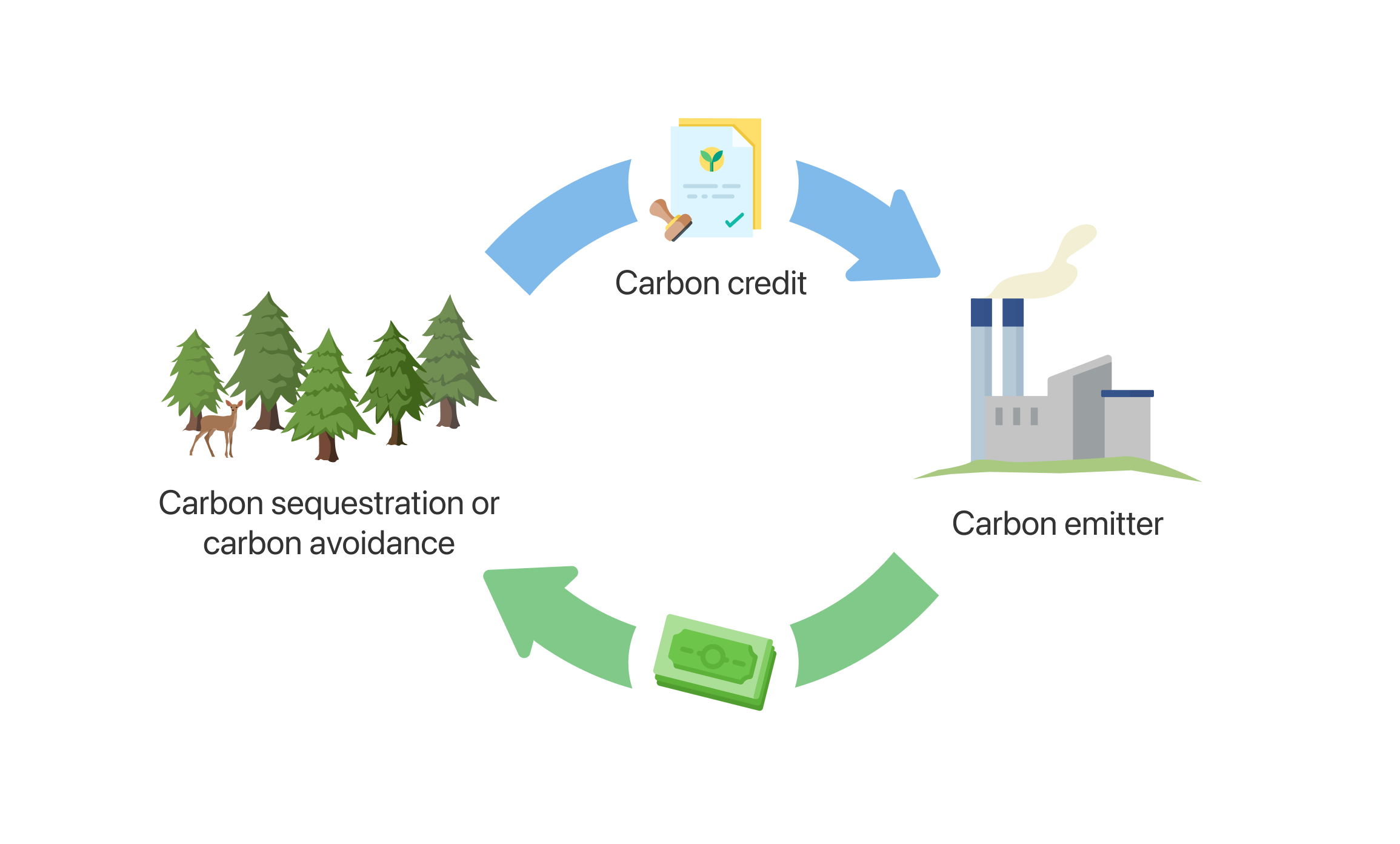

Making the claim will retire the REC and it cannot be sold further. Once a consumer or firm owns the REC, they can then claim to be powering their facility with the corresponding amount of renewable energy that the RECs represent, even if they aren’t actually using renewable energy sources. RECs can be sold to firms and consumers on the open market. 1 REC is created for every MWh of energy produced. RECs, or renewable energy certificates, are market-based instruments that are created whenever renewable energy is generated from a generator. However, they differ in fundamental ways. There are two types of carbon credits, CERs (Certified Emissions Reductions) and VERs (Voluntary Emissions Reductions).ĭifferences between RECs, Carbon Credits and Carbon OffsetsĪll three of these are means to a greener world.Carbon offsets and carbon offset credits are different ideas, carbon offsets are projects that remove greenhouse gases from the atmosphere while carbon offset credits are tradable instruments that can offset an organisation’s emissions.RECs are mainly used to reduce scope 2 emissions while carbon credits can be used to address scope 1, 2, and 3 emissions.RECs are certified by the GCC (Green Certificate Company).RECs are measured in MWh and carbon credits in metric tons of carbon dioxide.

Facts about the differences between RECs, carbon credits and carbon offsets:


 0 kommentar(er)
0 kommentar(er)
